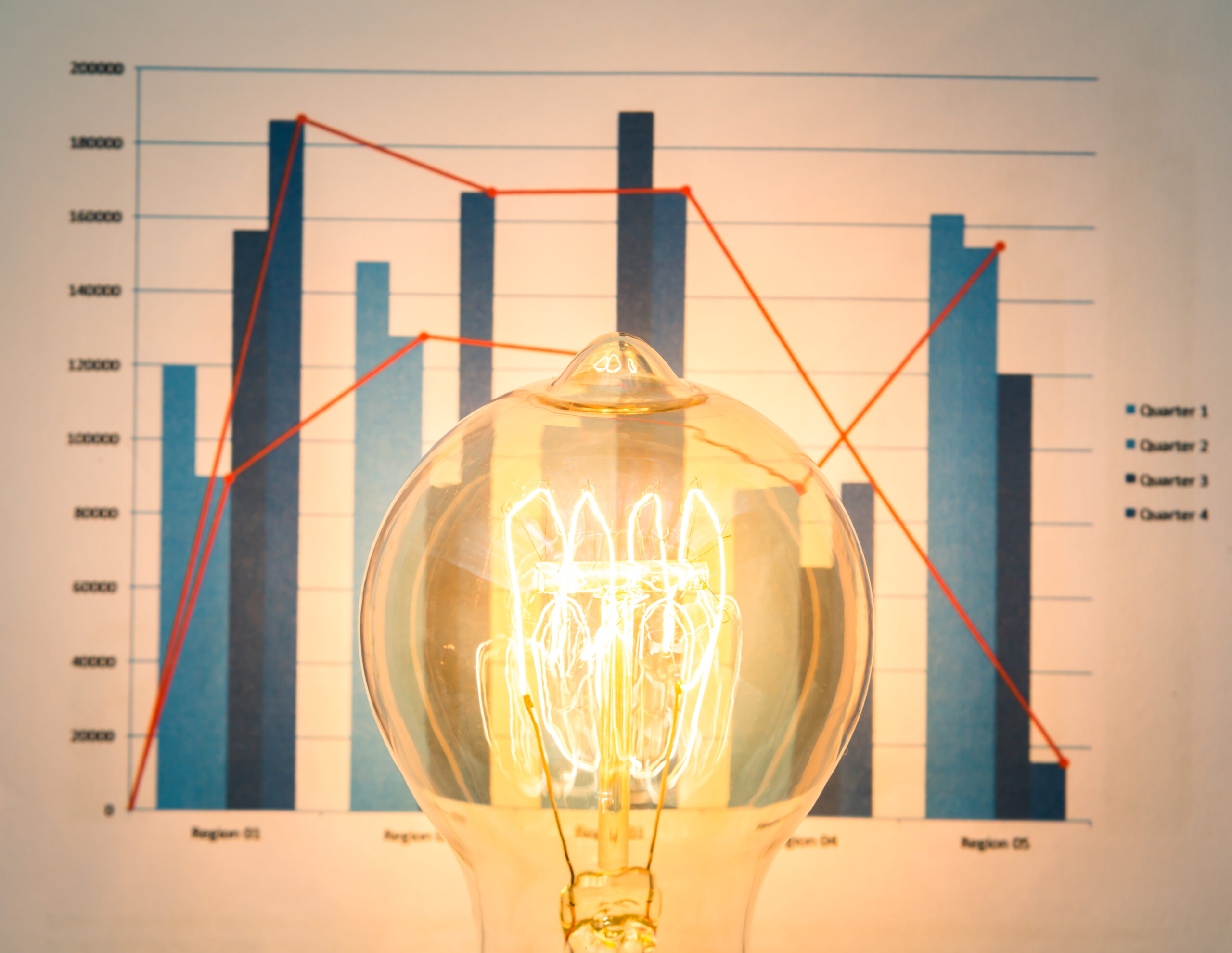
Webinar Transition 5.0: instructions for use
The final implementing decree has finally been signed, thanks to which, in the coming days, it will be possible to activate the practices to access the tax benefits of the National Transition 5.0 Plan. After the approval of the Court of Auditors, which incorporated some changes and additions, also requested by the Professional Associations, the document, signed by Ministers Urso and Giorgetti, will soon be published in the Official Gazette.
This was announced by the Minister for Enterprise and Made in Italy, Adolfo Urso, during the webinar organised by Unioncamere and Il Sole 24 ORE on 25 July. On this occasion, the minister emphasised how Industry 5.0 aims to further push the digital and sustainable transformation of Italian companies, continuing and expanding on the initiatives of previous Industry 4.0 plans.
The plan envisages a total investment of €12.7 billion, intended to incentivise companies towards greener production and less dependence on fossil fuels.
As Fabio Tamburini, editor-in-chief of Sole 24 ORE, said during the webinar: "There can be no Transition 5.0 without the energy transition".

Objectives
The objectives of the Transition Plan were outlined by Minister Urso during the webinar:- Accelerate business digitisation: encourage the adoption of advanced technologies such as artificial intelligence, the Internet of Things (IoT) and advanced robotics;
- Promoting environmental sustainability: encourage solutions that reduce environmental impact and promote the efficient use of resources;
- Upgrading skills: improving workers' digital and managerial skills through continuous training;
- Support innovation: encourage research and development of new technologies and innovative production processes.
Beneficiaries
As explained by Marco Calabrò, Head of Mimit's Technical Secretariat, the plan is aimed at all companies making new investments in production facilities in the country, as part of innovative projects aimed at reducing energy consumption. There are no restrictions by legal form, sector, size or tax regime: features that make Transition 5.0 cumulative with other facilitations (excluding Industria 4.0, ZES and ZLS) as it does not constitute state aid. Only companies in financial difficulty or with disqualifying sanctions are excluded. It is also important to emphasise that compliance with work safety directives and payment of contributions must be confirmed for five years, otherwise the benefit will be revoked.Incentivised Capital Goods
To access the incentives, the following conditions must be met:- Make investments in tangible and intangible capital goods indicated in Annexes A and B of the Transition 4.0 Plan;
- These assets must be interconnected to the company's production management system or supply network;
- Include the assets in an innovation project that results in a reduction in energy consumption equal to at least 3% of the energy consumption of the production structure or 5% of the energy consumption of the processes concerned.
Rates
Tax credit 5.0: the rates table
Documentary Burdens
Companies must comply with specific documentary requirements, to be submitted via the GSE's dedicated platform, in order to access the incentives:- Technical documentation: details of the capital goods purchased, with technical specifications and certificates of conformity.
- Investment plan: detailed description of the digital transformation project, with objectives, timeframe and expected impacts.
- Periodic reports: quarterly reports on project progress, highlighting progress and any critical issues.
Who can certify energy savings
In the first version of the Decree-Law, Esco and Ege were among the qualified subjects, a list to which most registered engineers were then added. In the new version, however, according to Calabrò, engineers and experts with specific experience in industrial efficiency and not just in buildings will also be added.Conclusion
The Industry 5.0 Transition Plan represents a fundamental step for the future of Italian industry, with the aim of making it more competitive, sustainable and at the forefront globally. Italian companies are called upon to seize this opportunity to invest in innovative and sustainable technologies, strengthening their position in the international market. While waiting for the implementing decree to be officially published in the Official Gazette, we refer to the following links of the Ministry of Enterprise and Made in Italy: Link 1 and Link 2 Sources: ilsole24ore.com, innovationpost.it, leasenews.it, fiscoetasse.com, industry.itismagazine.itCategories
Tech
Publication date
7 August 2024
Reading time
4 minutes







